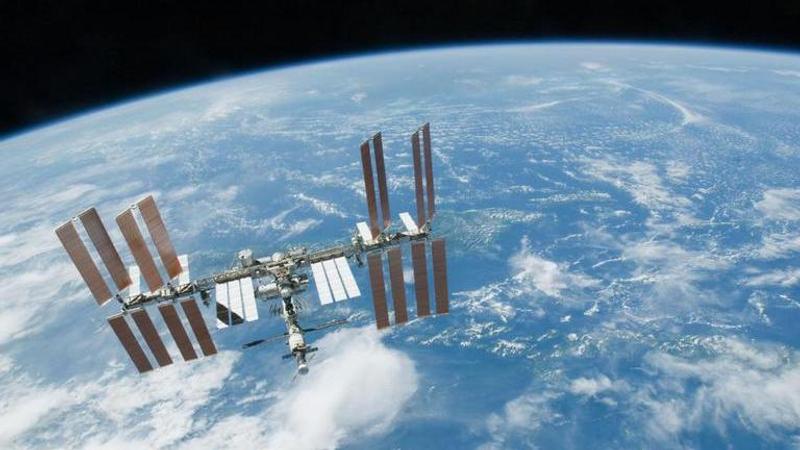Published 08:21 IST, July 27th 2020
Russian Cosmonaut bioprints 3D human cartilage onboard International Space Station
Russia researchers produced human cartilages from the isolated cells on the spaceflights, a first of its kind breakthrough in regenerating 3D tissues.

For the first time ever, Russia researchers have assembled 3D human tissue onboard International Space Station (ISS). As per a study published in Science Advances, a team of cosmonaut led by Vladislav Parfenov at the Russian Academy of Sciences and 3D Bioprinting Solutions produced human cartilages from the isolated cells on the spaceflights, a first of its kind breakthrough in regenerating 3D tissues.
Employing techniques such as removable supports and application of external forces from the acoustic and electrostatic fields, researchers seeded cells onto biocompatible scaffolds that assembled itself into 3D organs after it biodegraded in the cellular structures. As per the study, this technology has witnessed a surge in recent times, although, more flexible, scaffold-free approaches have also emerged.
"Scaffold is defined as temporal and removable support, which is different from non-biodegradable implants and prostheses. It is an essential element in the TE technology framework that results in bio fabrication of the three-dimensional (3D) organ construct" the study mentioned.
Researchers observed that the Scaffold-free TE supported the platforms that enabled cells (or tissue spheroids) to undergo self-assembly or self-organisation, proliferation, differentiation, and extracellular matrix (ECM) production. The approach used magnetic levitation to guide cells or tissue spheroids into 3D structures in the magnetic field gradient generated by strong magnets.
Further, in the study, the lead authors wrote that the cartilage bio assembly was conducted in space to experiment with the effects of microgravity on human intervertebral discs and articular cartilages. “So far, just two studies on bio-fabrication of cartilage in space have been performed, because space experiments are extremely expensive and time-consuming,” researchers revealed in the study.
Bio-assembler “Bioprinter Organ Aut” created in space
Creation of the 3D cartilage, under microgravity conditions in space, led the scientist to the creation of novel custom-designed magnetic bio-assembler “Bioprinter Organ Aut” and artificial fields designed with COMSOL software.
“The main reason for us to make the described experiment in space was the assumption that microgravity would give us the possibility to perform magnetic levitation at a low, nontoxic concentration in comparison with ground conditions,” the researchers explained. “Tissue spheroids are rather large and heavy biological objects, we faced a dilemma,” they added.
“Magnetic bio-assembler Bioprinter Organ Aut used in the current study represents a new research tool intended and adopted for magnetic levitational experiments on the ISS,” researchers concluded.
(Images Credit: AP File)
Updated 08:21 IST, July 27th 2020



